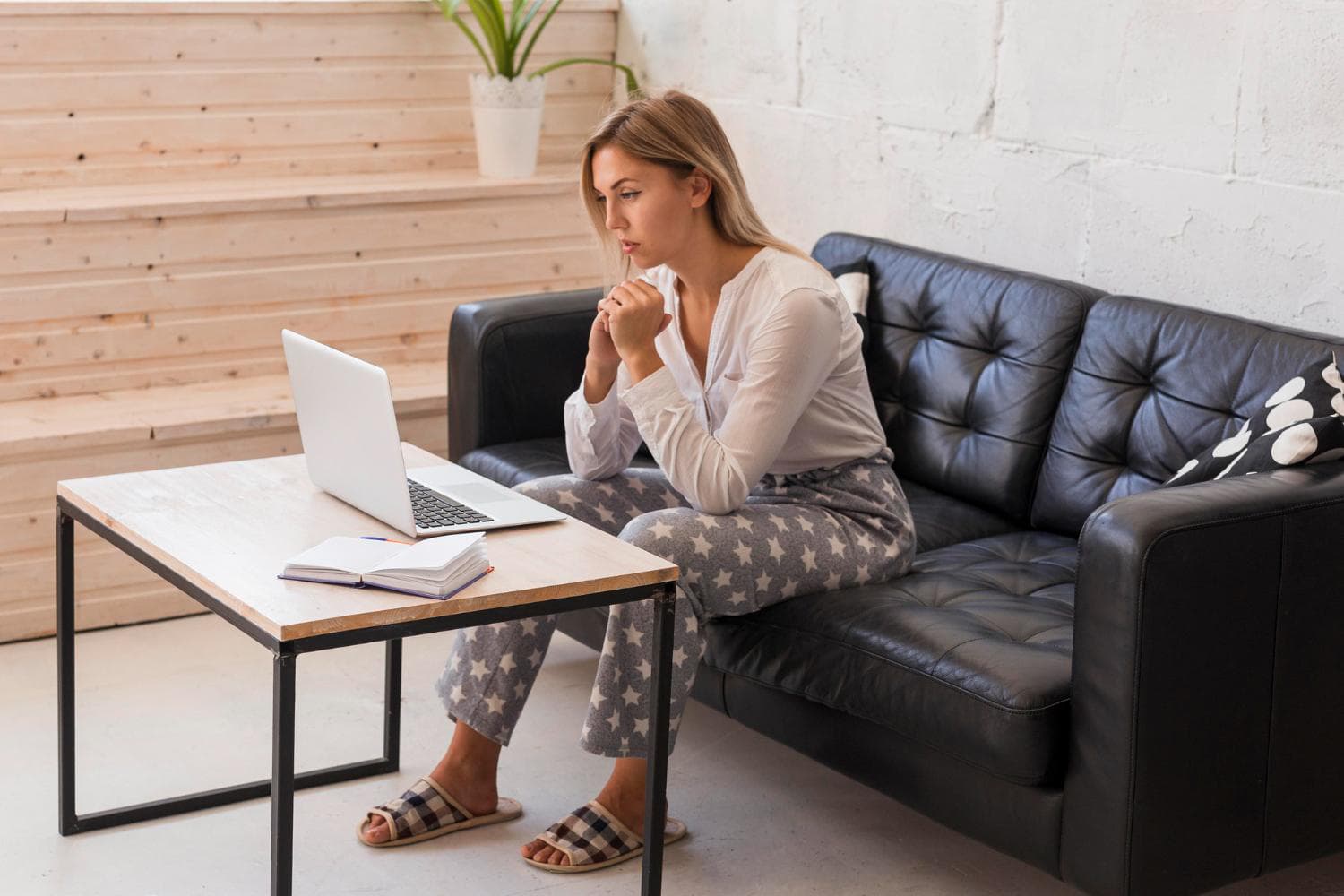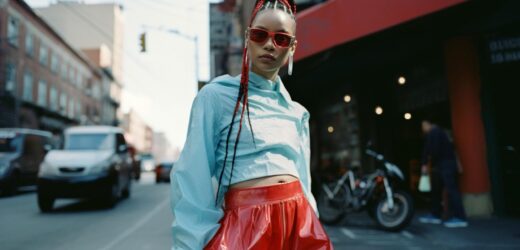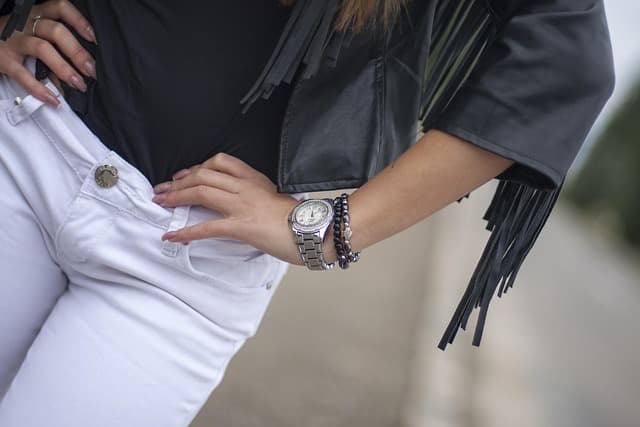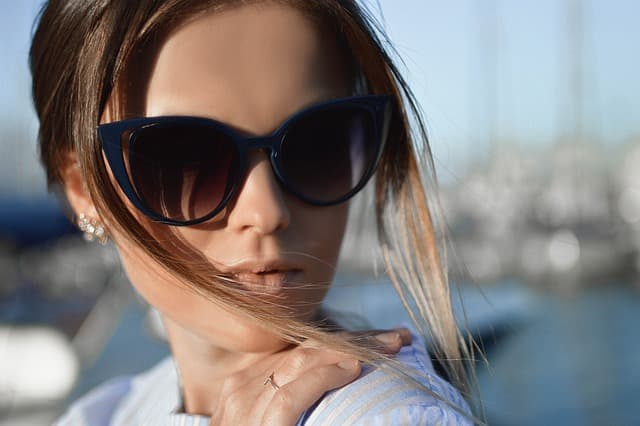The years following global lockdowns left more than memories of remote meetings and endless streaming marathons. They changed the way people dress, from office looks to casual wear at home. Post pandemic fashion reflects not only the need for comfort but also the influence of digital spaces where style is displayed. From hybrid work outfits to sustainable loungewear, today’s fashion is shaped by flexible lifestyles and comfort driven choices.
Hybrid Work Outfits and the Rise of Flexible Dressing
When offices closed, traditional corporate dress codes faded almost overnight. Suddenly, work from home fashion replaced polished suits with relaxed professional style. The shift did not vanish when people returned to shared workspaces. Instead, hybrid work outfits emerged as a solution for employees splitting time between office and home.
Blending Casual and Professional
Hybrid schedules encourage clothing that transitions easily. Comfy office outfits now combine structure with ease, where a blazer might be layered over a cotton tee and styled with sneakers. This flexible work style represents balance, acknowledging that productivity is not tied to stiff tailoring.
Virtual Meeting Outfits
Another trend came directly from video calls. Virtual meeting outfits became essential, often styled only from the waist up. Shirts with playful collars, statement earrings, or bright sweaters captured attention on screen. Home office clothing began to prioritize the visible upper half, while leggings or joggers stayed hidden from the camera.
Casual Workwear Evolution
The broader category of casual workwear expanded as well. Brands responded by producing trousers with stretch, shirts in breathable fabrics, and dresses suitable for both kitchen desks and boardrooms. This fashion lifestyle shift shows that comfort chic style is now accepted in professional environments, with expectations permanently relaxed.
Digital Fashion Trends in a Connected World
Post covid style trends are not only about physical garments. Digital fashion trends grew rapidly, reshaping the way style is consumed and expressed online. Platforms such as Instagram, TikTok, and even gaming worlds highlight how fashion after covid blurred boundaries between reality and virtual identity.
The Role of Social Media
Social channels amplified comfort driven fashion by normalizing sweatpants, loungewear fashion, and athleisure trend outfits. Influencers styled joggers with crop tops, showing that relaxed looks could still feel aspirational. The digital sphere also accelerated the pace of trend adoption, making micro styles appear and fade in weeks.
Digital Clothing and Virtual Wardrobes
Some brands introduced digital clothing that exists only online. These items are bought and worn virtually, often displayed in photos or avatars. Digital fashion trends created a space where self-expression is limitless, not bound by budgets or physical closets. This development reflects how deeply fashion lifestyle shift aligns with technology.
Gaming and Virtual Identity
Games with customizable avatars allowed users to experiment with casual workwear, sustainable loungewear, or even exaggerated couture. For many, identity online became just as important as real-life outfits. This dual existence gave birth to digital style communities where creativity outweighed practicality.
Comfort Chic Style and the New Normal Fashion

Perhaps the strongest impact of the pandemic is the normalization of comfort. Once associated with lazy weekends, comfort chic style is now embraced across age groups and industries. Post pandemic fashion shows that clothing designed for ease can also feel stylish and polished.
Loungewear Fashion Becomes Mainstream
During lockdowns, sweatpants and hoodies dominated. What surprised many was how these pieces refused to disappear afterward. Loungewear fashion evolved into coordinated sets, knit dresses, and elevated fabrics. Sustainable loungewear entered the market, offering eco-conscious shoppers options made from organic cotton or recycled fibers.
The Athleisure Trend and Beyond
The athleisure trend also exploded. Sneakers paired with midi skirts, yoga pants styled under oversized blazers, and sports bras layered under sheer tops defined casual yet confident dressing. This comfort driven fashion demonstrates that athletic pieces now hold a permanent spot in wardrobes, merging function and flair.
Relaxed Professional Style
Relaxed professional style bridges the gap between sweatpants and suits. Designers now create trousers with elastic waistbands, jackets with unstructured cuts, and shoes with cushioned soles. The result is comfy office outfits that communicate professionalism without sacrificing comfort. This new normal fashion prioritizes well-being while still respecting workplace expectations.
Fashion Lifestyle Shift and Long-Term Impacts
The transformation of style habits is more than temporary. It represents a cultural change where priorities shifted toward health, sustainability, and digital connection. Post covid style trends indicate that society values comfort as highly as aesthetics.
Shopping Behavior and Sustainability
Consumers are investing in versatile pieces. Rather than filling closets with fast fashion, many prefer fewer but higher-quality garments. Sustainable loungewear, recycled fabrics, and timeless accessories dominate modern shopping carts. This behavior shows how a fashion lifestyle shift influences not only style but also environmental responsibility.
Identity and Expression in a Hybrid World
Hybrid work outfits, remote work style, and digital fashion trends reflect how people navigate multiple spaces daily. Clothing now supports identity in both physical and virtual worlds. This flexibility aligns with lifestyles where personal and professional boundaries blur, reinforcing the demand for adaptable looks.
The Road Ahead
Fashion after covid demonstrates that resilience, creativity, and comfort can coexist. From comfy office outfits to experimental digital wardrobes, people learned that style thrives when it evolves with life itself. Post pandemic fashion is not about discarding traditions but about rewriting them for a future where flexibility is key.
Key Takeaways
- Post pandemic fashion redefined the relationship between comfort and professionalism.
- Hybrid work outfits and virtual meeting outfits shaped a new standard for remote work style.
- Digital fashion trends opened opportunities for expression beyond physical clothing.
- Comfort chic style and sustainable loungewear proved that practicality and aesthetics can merge.
- The fashion lifestyle shift continues to influence long-term habits, ensuring that flexible work style and comfort driven fashion remain essential in the new normal fashion landscape.





